2025 – CHW
Leslie Baker tells me that he has flowers on his Camellia x williamsii ‘November Pink’ already. I visit our original plant and find only a hint of colour on a few buds which will not be open for a bit yet.
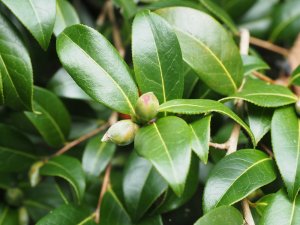
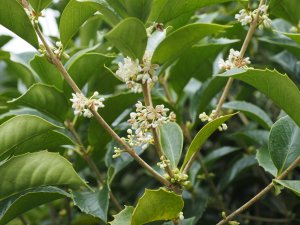
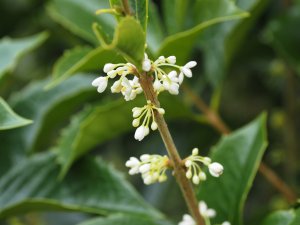
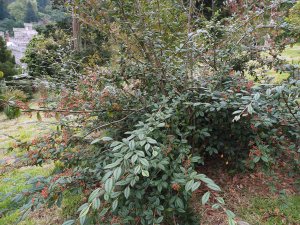
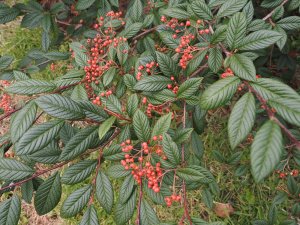
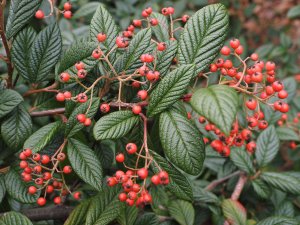
2024 – CHW
Another deluge and a good half inch of rain in a couple of hours.
The second ancient Camellia sasanqua has a single white flower (just on from the first).
A visit to our developing collection of specie Cotoneasters. About a third have still to produce any fruit. A couple are already over and their berries have fallen and one or two are the worse for wear after the June drought.Cotoneaster wilsonii had largely shed its berries.
A look around to see how the early autumn colour is progressing.Cladrastis kentukea at its finest but the yellow leaves which we looked at 10 days ago have already blown off.
A huge seed head developing on Rhododendron suoilenhense which will not be ripe enough to pick for at least two months.
The same bit of the huge Rhododendron ‘Cornish Red’ outside the front arch which always has secondary autumn flowers which are a bit out of shape is just showing colour.
I was given Ilex perado (pure) by Peter Cox having seen it growing well at Glendoick Gardens. I cannot find it or remember where I put it. This is Ilex perado subsp. perado (now called perado subsp. azorica) which remained unidentified as a huge clump before the visit of Philippe de Spoelberch in 2002. This was subsequently verified by Susyn Andrews. You can see berries forming but they will still be ripe and red in the spring as new flowers emerge. Widely distributed by birds in the periphery of the garden here. The leaves are largely spineless but with a point at the tip.
I fail to find Ilex saponaria supposedly planted in the Rookery.No sign of any berries on the windbreak grove of Ilex perado subsp. platyphylla.
I fail to find our Ilex mutchagara above Crinodendron Hedge.Ilex aquifolium ‘Aurea Marginata’ has some berries but has a shoot or two with a reversion to green leaves that need to be removed.
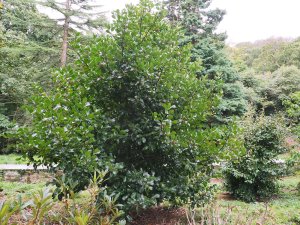
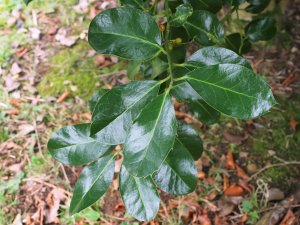
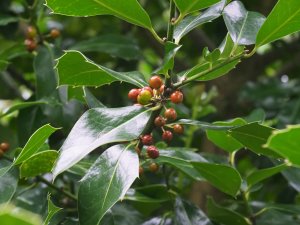
A few berries and flowers on show in the nursery today.Ilex verticillata with as good a crop as I have ever seen. This is one of the few hollies which is deciduous.
The main event at Burncoose today was to welcome Clive Selley, CEO of Openreach and various other Openreach officials and media. Openreach have made a film about the fast fibre connection to the businesses on Burncoose Estate and this was the follow up. You can read our press release or watch the film below.
Up in Northumberland, earlier in the week, I stopped to photograph Symphoricarpos albus var. laevigatus, the snowberry, growing in the village of Frosterley. The snowberries were very fine and just starting to drop off the trees in a wind.
Jaimie found this banana flower in a cottage tenant’s garden near Portholland. No leaves seen by me but it must be Musa basjoo to be alive and flowering outside. The tiny bananas are forming and the flower is clearly a draw for insects. Ours at the nursery has yet to flower after 25 years but I have seen larger fruits on the clump at Lanarth. The flower is quite magnolia-like when you think about it.
Eleven different new named Matsumae cherries have arrived and I have today sorted with Michael where they are to go. These are almost brand new to the UK nursery trade and first seen by us properly until last spring at Windsor and Wisley. They come from northern Japan and have been bred by one family over two or three generations. They are hardier and less prone to cankers than our (relatively few) popular street grown flowering cherries. The University of Keele has a collection as does Chris Lane in Kent. These Matsumae are going to become enormously popular before long. If you want to see just how floriferous and delicate they are have a look at these pictures taken on the rhododendron society tour.
2015 – CHWThe eucryphias are all very late this year and Eucryphia lucida ‘Pink Cloud’ still looks good. A very upright and erect habit. The old plant of Eucryphia moorii is also full out like the small plant photographed last week.
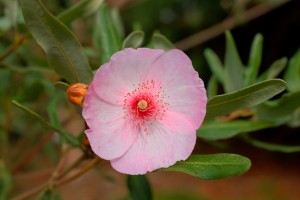
The colour of Acer palmatum ‘Ozahazuki’ on the drive is approaching its best and Liquidamber styrachiflua by Georges Hut is beginning to turn nicely.
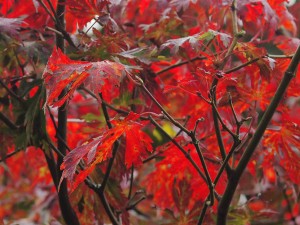

Nearby is Magnolia ‘Yakeo’ with a rather decent second flowering which is arguably better than the spring effort. Quite a surprise on such a small plant.
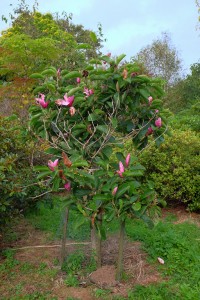
1995 – FJW
First Sasanqua in flower by Side door. Seed on Reticulata by Georges Hut.
1989 – FJW
First Sasanqua indoors. Could be an early season? White cyclamen splendid.
1934 – JCW
Just about as in 1913.
1918 – JCW
The cyclamen and hydrangeas are both good. The roses and lapageria are fair. R decorum is nice. There are several other rhodo’s showing bloom including Dahuricum and Micranthum.
1913 – JCW
Came back from Scotland. The cassia and Clematis paniculata perhaps the best things, though the fruit on R moyesii is very good indeed. Some roses. Flowers on the rhodo’s Nobleanum, Gallatium, Primulinum, Intricatum, and Cilliatum.
1908 – JCW
Returned from Scotland. Cassia nice, lapagerias fair, cyclamen good and have been fine. The three roses nice. Solanum very good. The big group of Hydrangeas are good. Panniculata very nice.
1906 – JCW
Returned from Scotland, all but the Iris as above, the best year for Bananas ever known. Loniceras have done well. Woodwardia badly. Clematis panniculata V.G. Ipomoea nice.
1901 – JCW
Returned from Scotland. Cassia, lapageria, cyclamen, roses G P M , P Gontier, General S all very good. A few Iris alata of the new batch in flower.




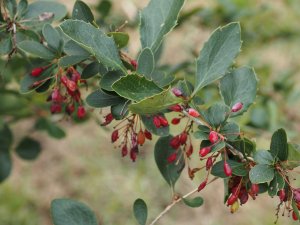
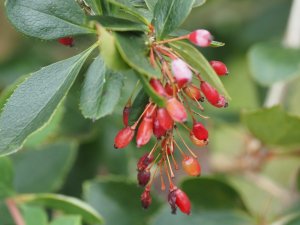
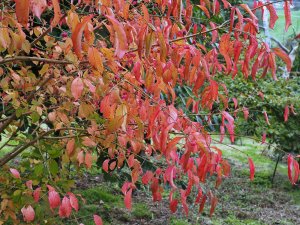
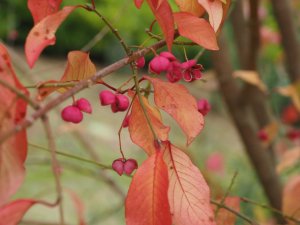
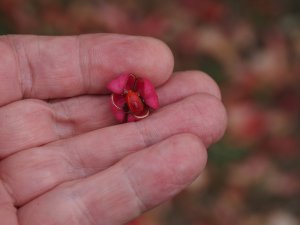

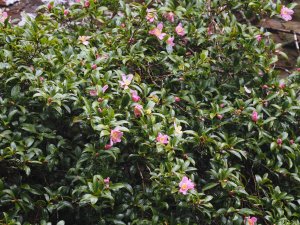
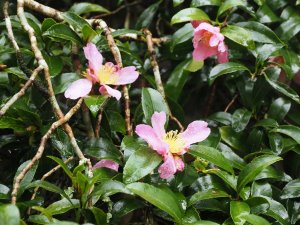
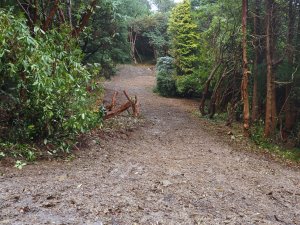
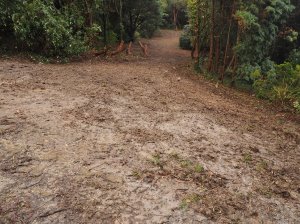
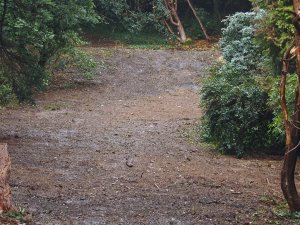
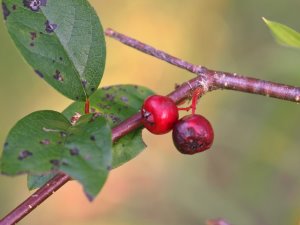
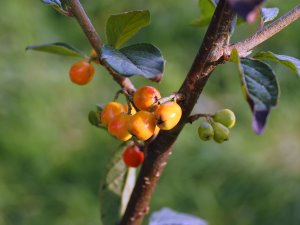
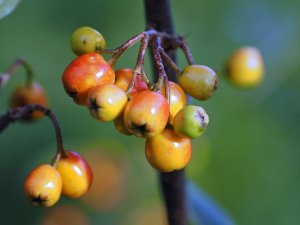
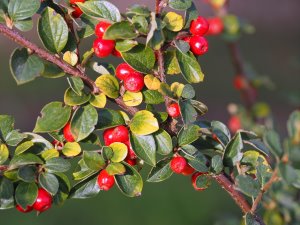
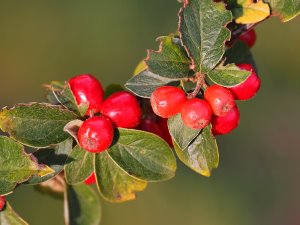
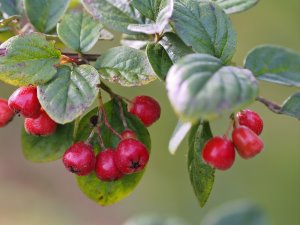
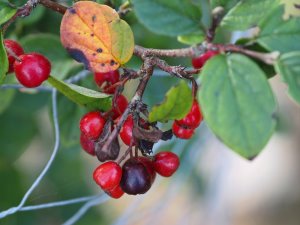
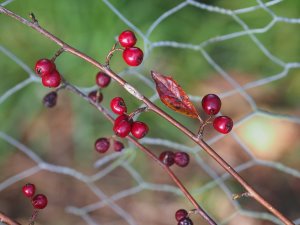
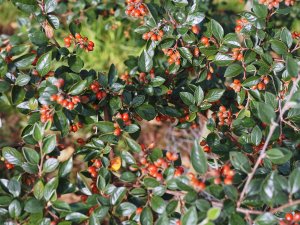
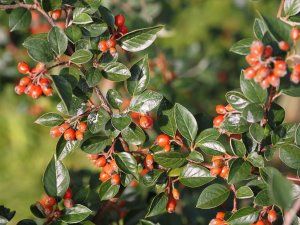
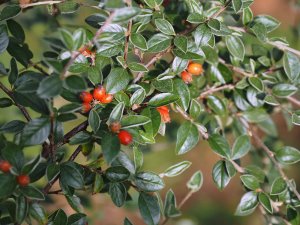
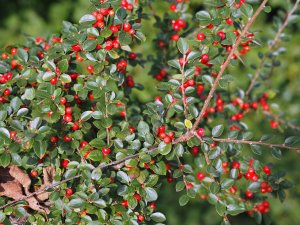
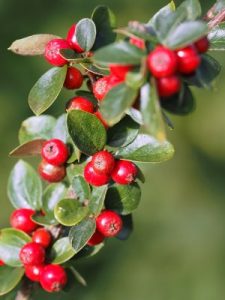
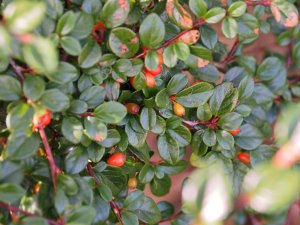
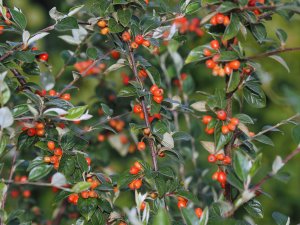
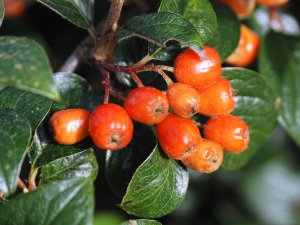
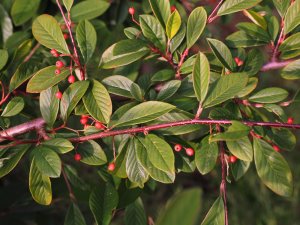
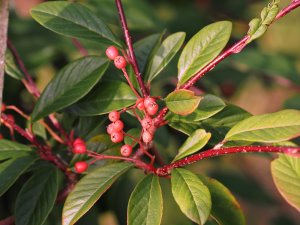
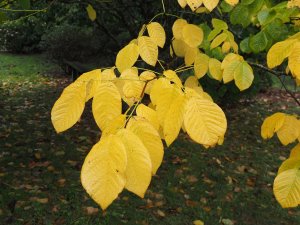
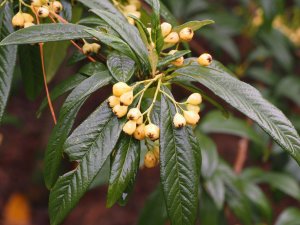
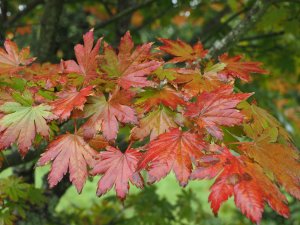
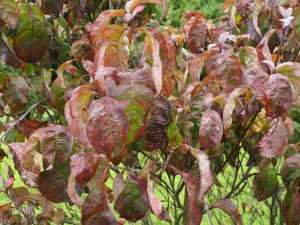
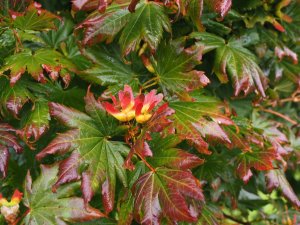
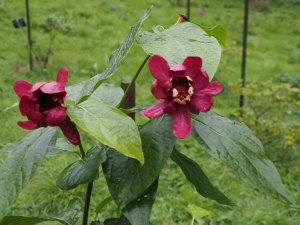
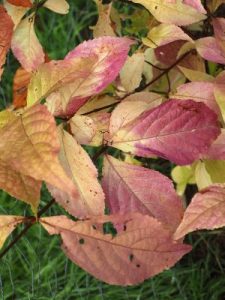
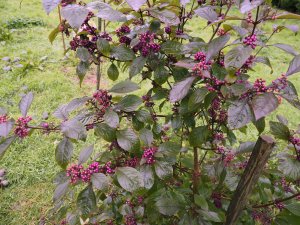
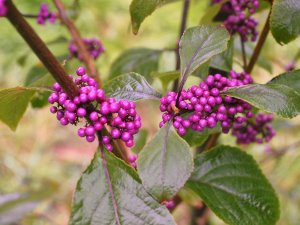
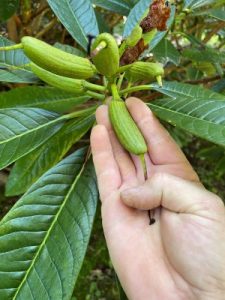
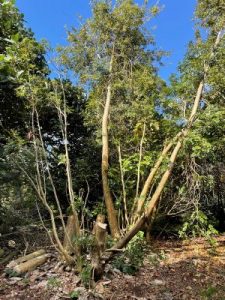
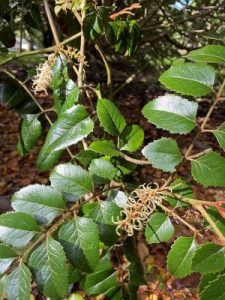
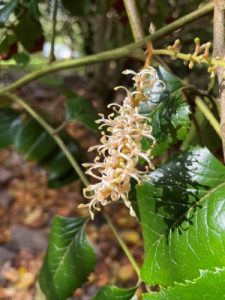
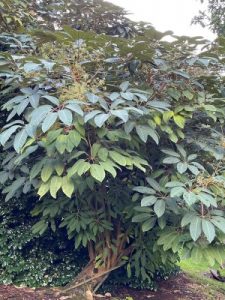
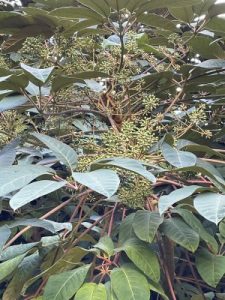
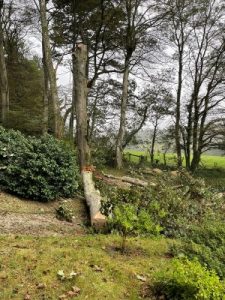
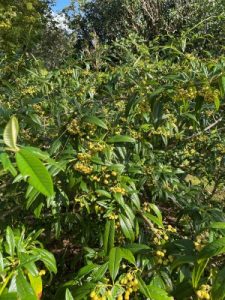
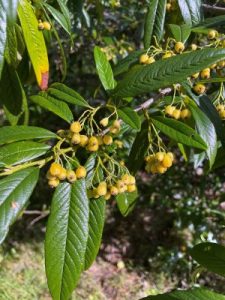
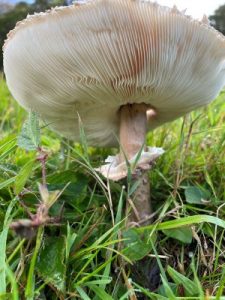
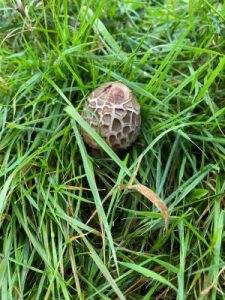
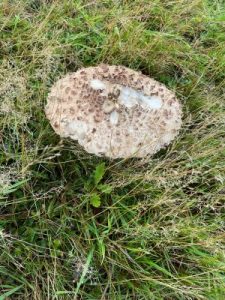
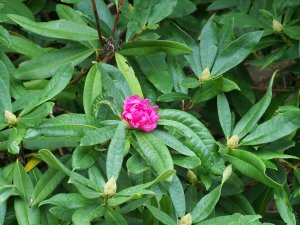
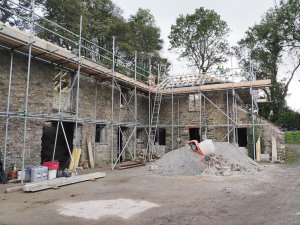
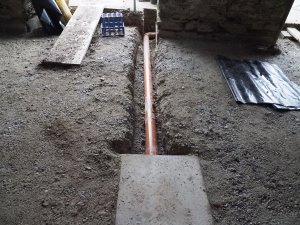
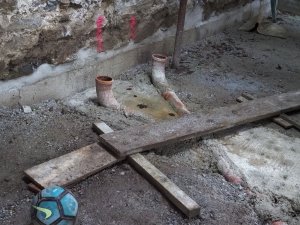

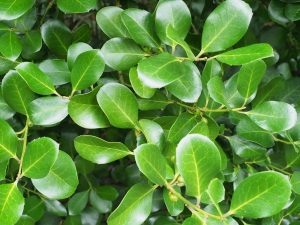
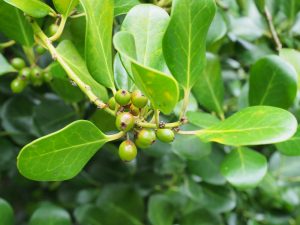
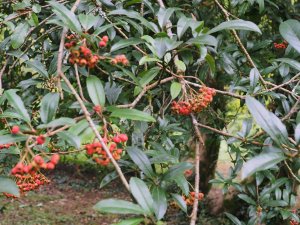
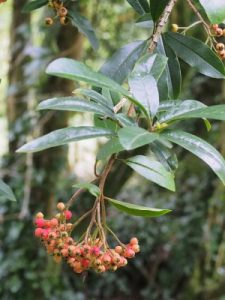
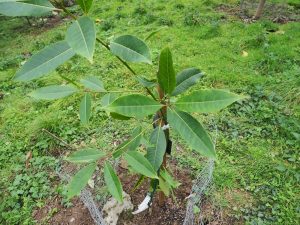
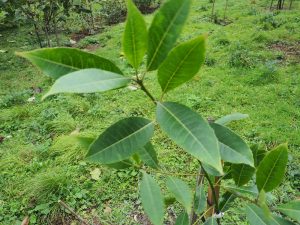
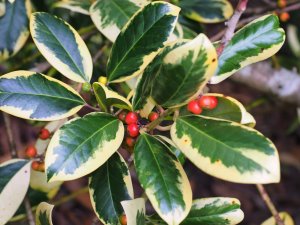
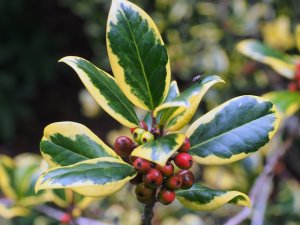
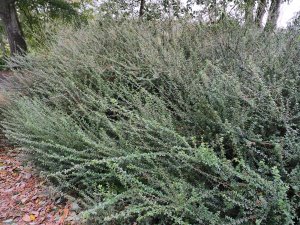
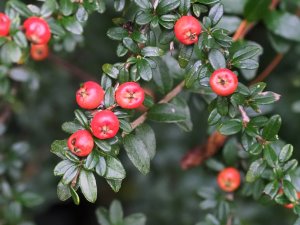
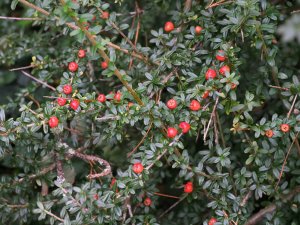
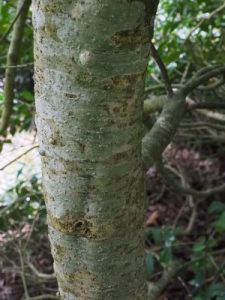
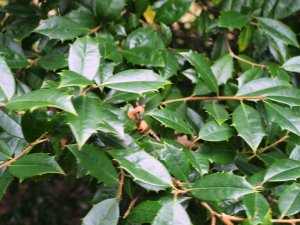
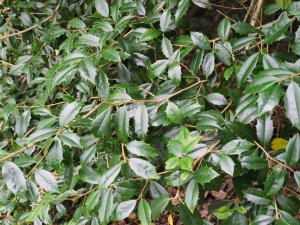
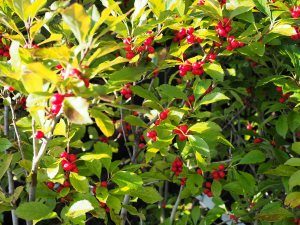
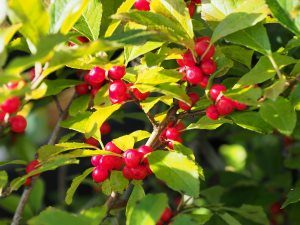
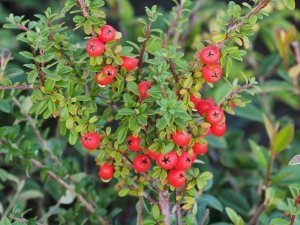
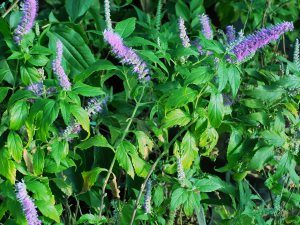
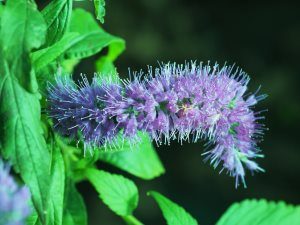
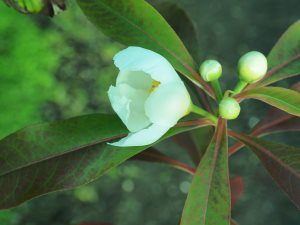
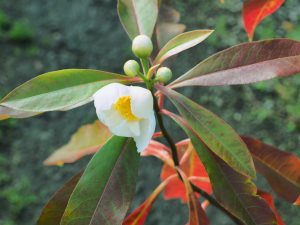
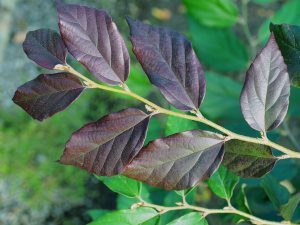
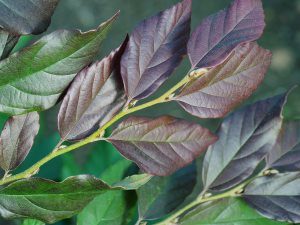
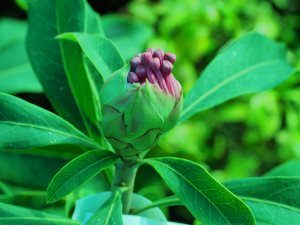
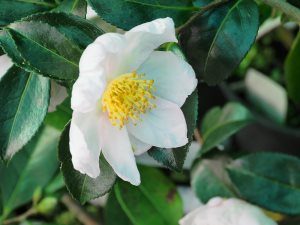
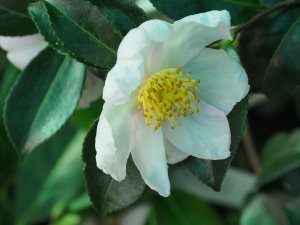
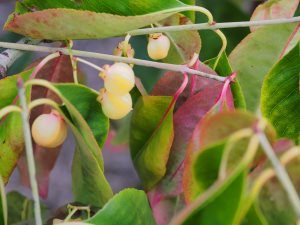




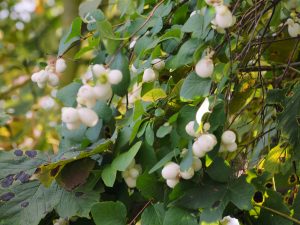
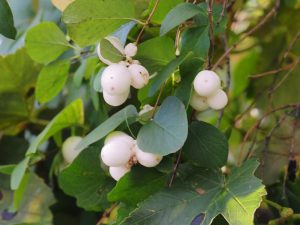
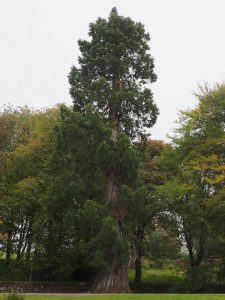
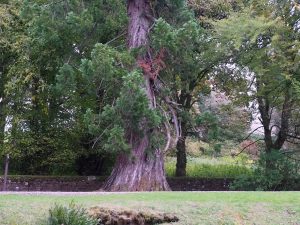
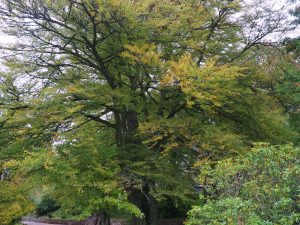
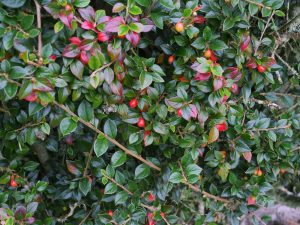
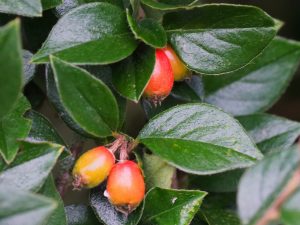
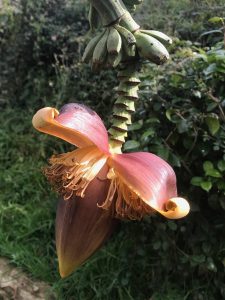
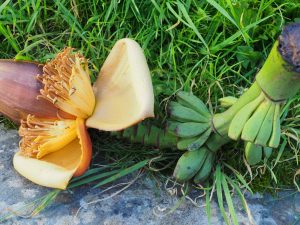
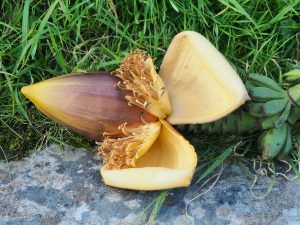
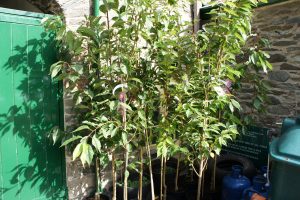
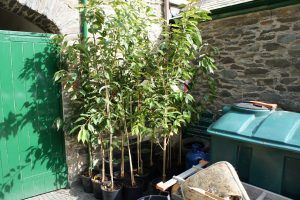
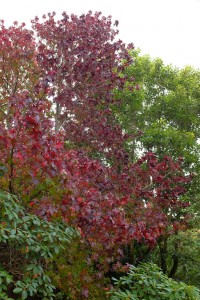
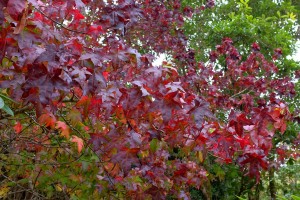
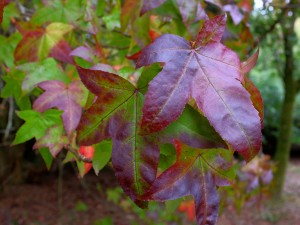
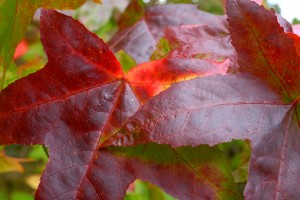
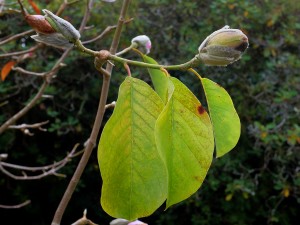
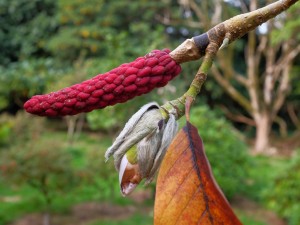
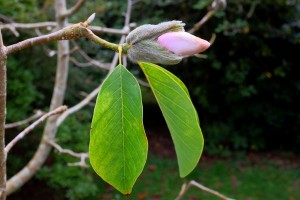

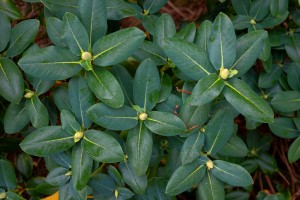
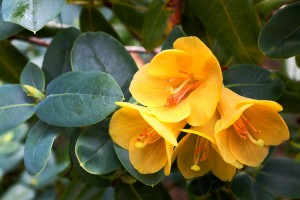
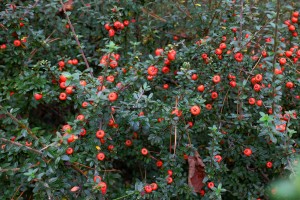
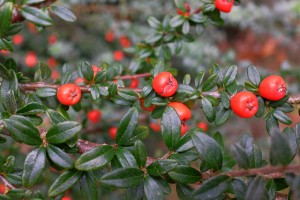
One thought on “7th October”
Comments are closed.